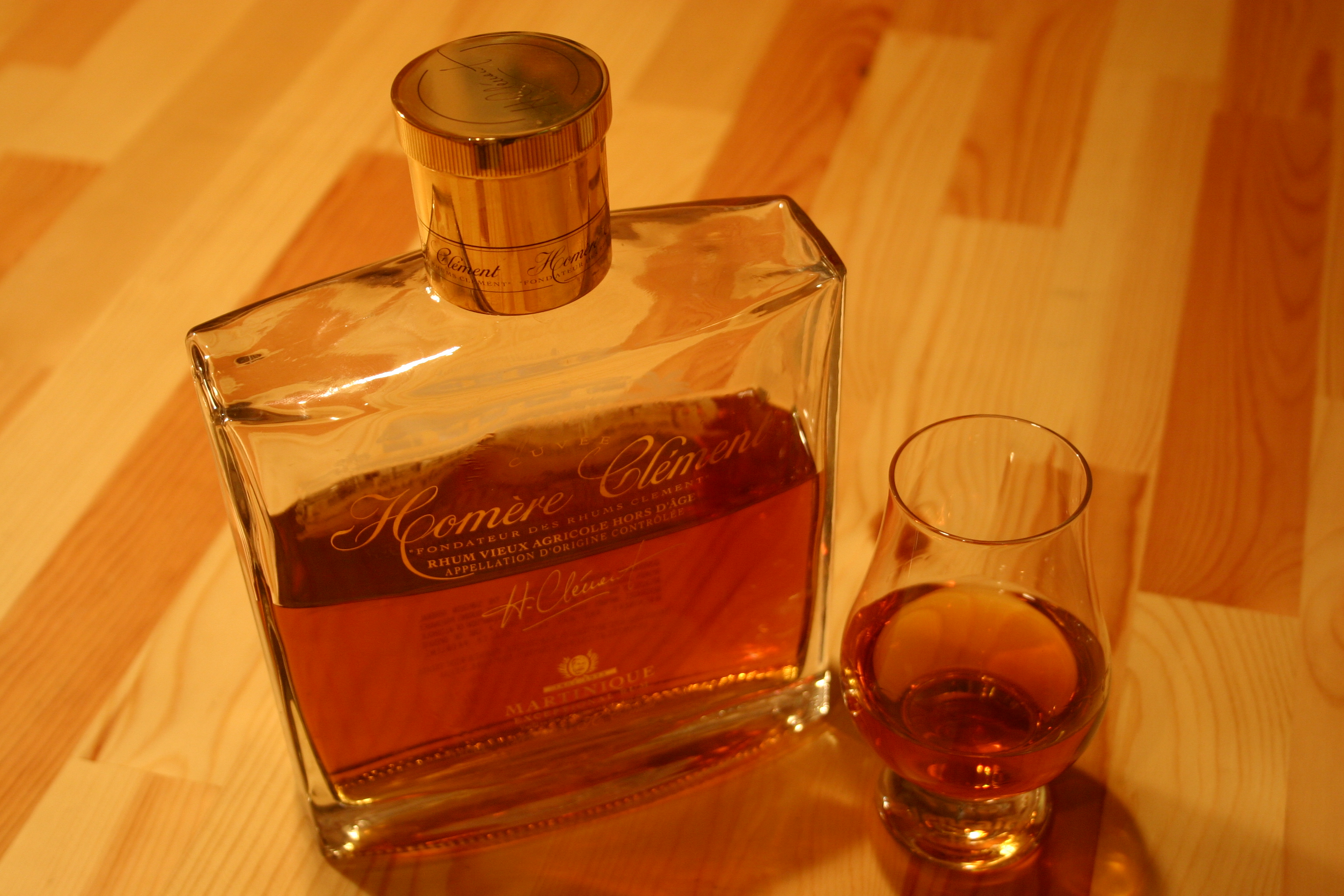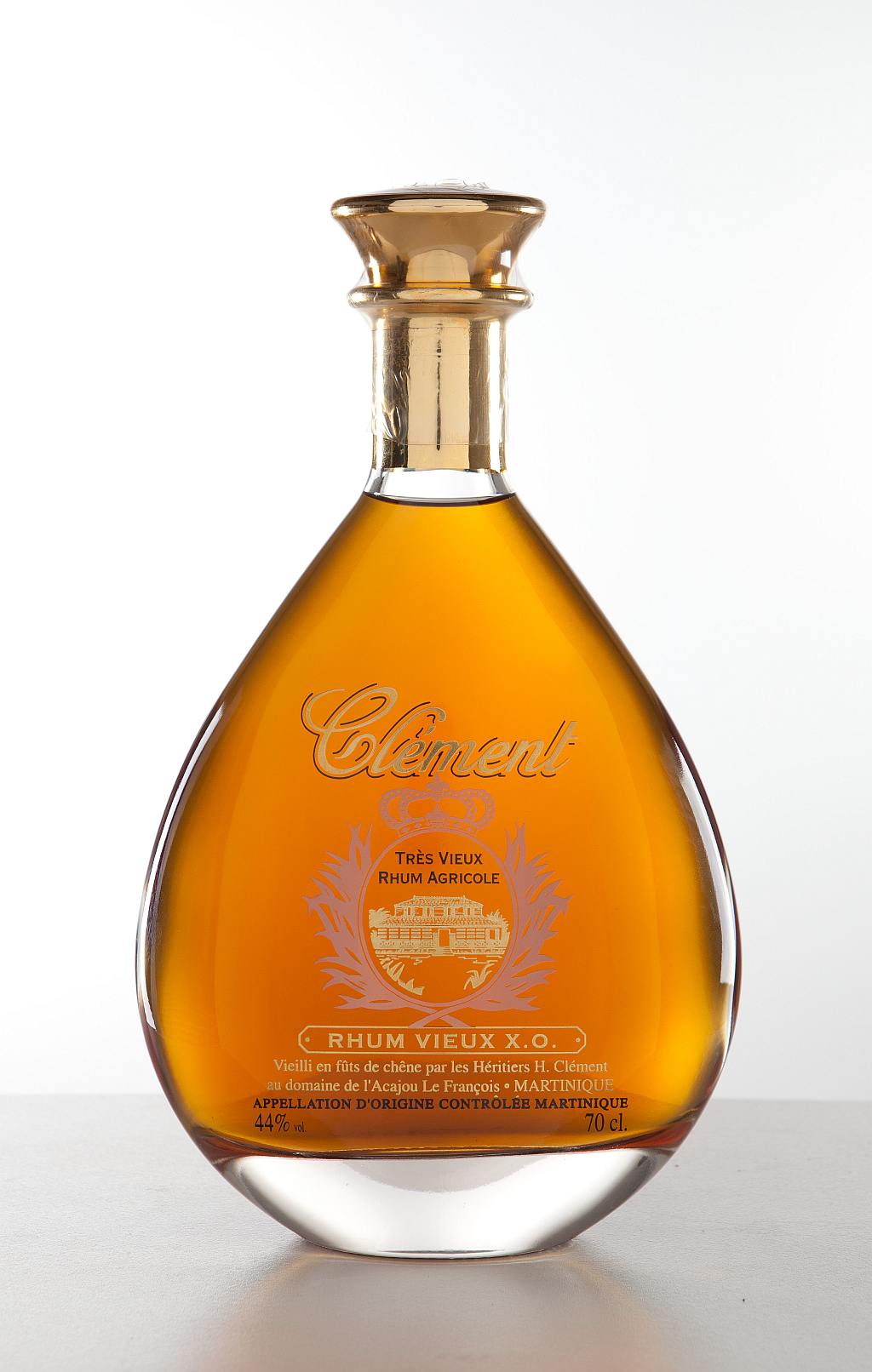Rumanicas Review R-161 | #1047
You want to careful ordering a Clement XO rhum because there is another one also named thus which is not this at all; and two others with the same bottle shape but different names. Fortunately the other XO has a different bottle style and a different strength and lacks the word “Très” (very) in the title, and the ones that do take the bottle design are called l’Elixir or Cuvée Spéciale XO. So just a little caution is all I’m suggesting.
In another odd circumstance, the subject of today’s retrospective also lacks almost any reviews in the online rumisphere aside from Rum-X (of course) and my own unscored 2010 review. In fact, it does not even appear on Clément’s own website under any of its various collections – Old, Tradition, Modern, Iconic Blue Cane or Cuvee. The closest one gets to it is the sales on auction sites and as far as I can tell, RumAuctioneer put one up a few times, the last time being in 2021 where it fetched a surprisingly modest £150.
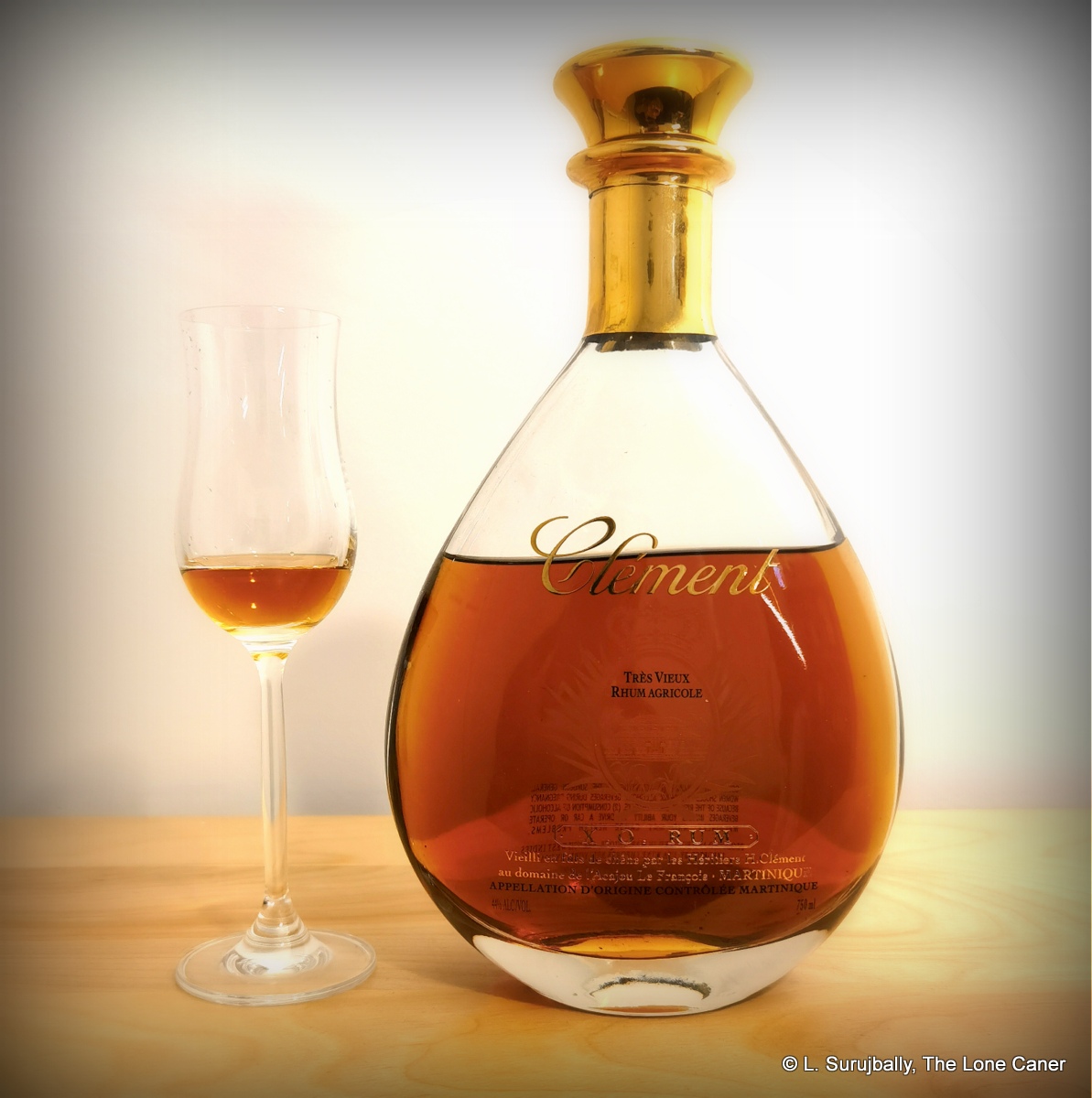 What this is is one of the first of the premium blends the company put out and is a marriage of what they felt was three exceptional years’ production: 1952, 1970 and 1976, which were also released as individual millesime bottlings. It’s unclear those individual releases were issued before or after this blended XO (I only managed to acquire samples of each many years later). But since the 1952 component has now run out, the specific blend comprising the XO is now defunct and while the company uses the same sleek bottle for other XO rhums, the label is subtly different for each, denoting a different product.
What this is is one of the first of the premium blends the company put out and is a marriage of what they felt was three exceptional years’ production: 1952, 1970 and 1976, which were also released as individual millesime bottlings. It’s unclear those individual releases were issued before or after this blended XO (I only managed to acquire samples of each many years later). But since the 1952 component has now run out, the specific blend comprising the XO is now defunct and while the company uses the same sleek bottle for other XO rhums, the label is subtly different for each, denoting a different product.
Note also that whether the rum is composed exclusively of those three vintages or is a blend that includes them, is currently unknown. Dave Russell in his 2017 review thought the latter, and David Kanj on Facebook (who brought it to my attention) said he had never been able to confirm it with Spiribam either. Will update, if I can nail it down one way or the other.
Colour – Gold
Strength 44%
Nose – Luscious; deep fruitiness; persimmons, passion fruit. Herbs, cinnamon, vanilla, light toffee, apricots. Green apples and ripe dark grapes. Very appetising and aromatic, if not as crisp and clean as a modern agricole. Just really pungent and complex.
 Palate – There’s a smoky, dry. leathery tang of an old port to the initial tastes, but it comes over nicely because of the heft and solidity n the tongue – the mouthfeel is really quite good. Apples, apricots, hard yellow mangoes on the edge of going soft, and raisins and red wine. To be honest, after years of acclimatising myself to rums at 60% ABV or greater, the XO here no longer demonstrates sharpness (as I commented in my original review) but crisp solidity, even a touch of softness.
Palate – There’s a smoky, dry. leathery tang of an old port to the initial tastes, but it comes over nicely because of the heft and solidity n the tongue – the mouthfeel is really quite good. Apples, apricots, hard yellow mangoes on the edge of going soft, and raisins and red wine. To be honest, after years of acclimatising myself to rums at 60% ABV or greater, the XO here no longer demonstrates sharpness (as I commented in my original review) but crisp solidity, even a touch of softness.
Finish – Just excellent. A fitting conclusion to a delicious dram. Crisp, slightly sweet, smooth, deep, dry and with yellow almost-overripe fruits at every turn.
Thoughts – I was right not to score this at the beginning of my rum journey, since in 2010, the chops to evaluate it was lacking – to this day we still see too few agricoles in Alberta. Back then I commented on its sharpness and its taste without being too chuffed by it. Coming back after a span of nearly fourteen years, I appreciate it much more for what it is: one of the best aged agricole blends I’ve been fortunate enough to try. Those who have a bottle squirrelled away have a real treasure in their cabinets, a delicious dram representing a time traveller washing up on our modern shores, from the far off Days of Ago.
(88/100)
Other notes
- The AOC was first established in 1996, so none of the component rhums conformed to the restrictions; irrespetive of the AOC on the label, then, those expecting a clean, grassy, herbal modern agricole might be somewhat taken aback by the profile, which has its own unique vibe. I assure you, however, it’s all to the good.
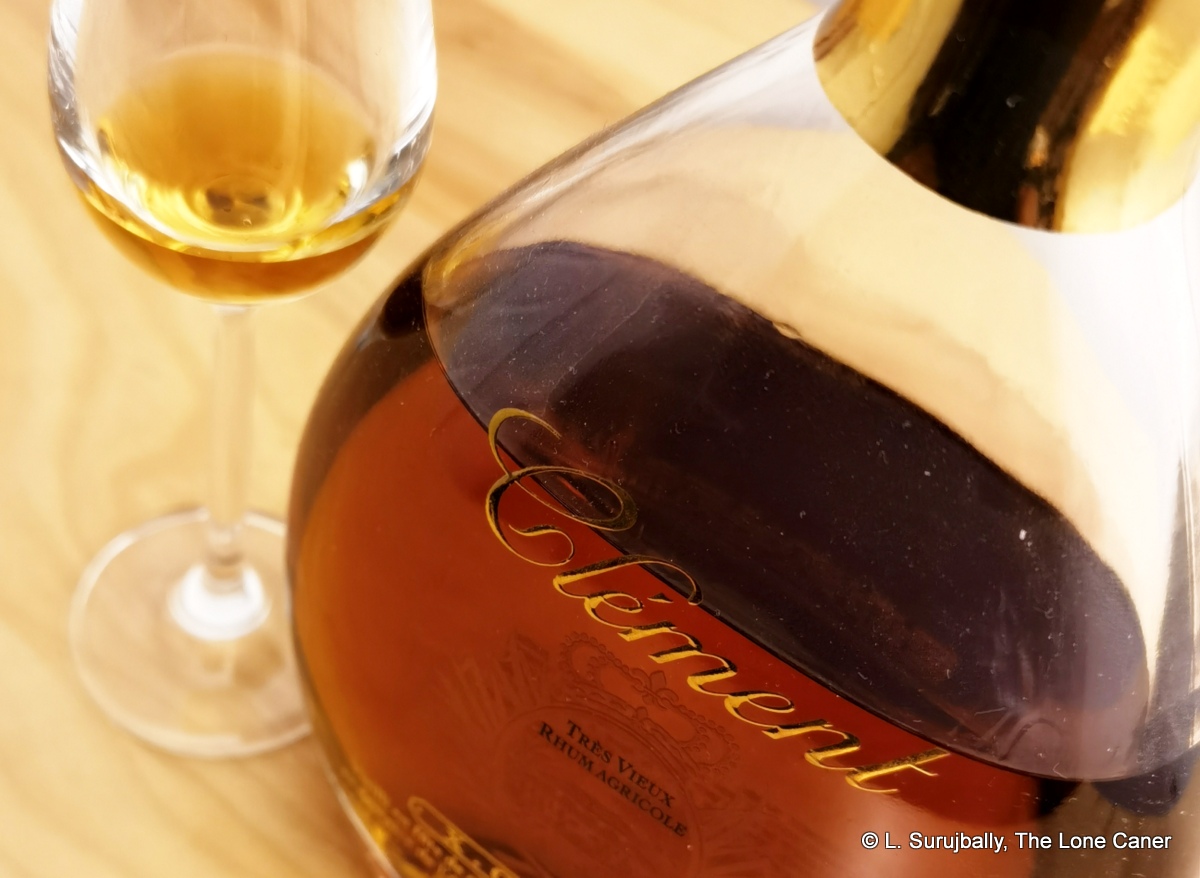
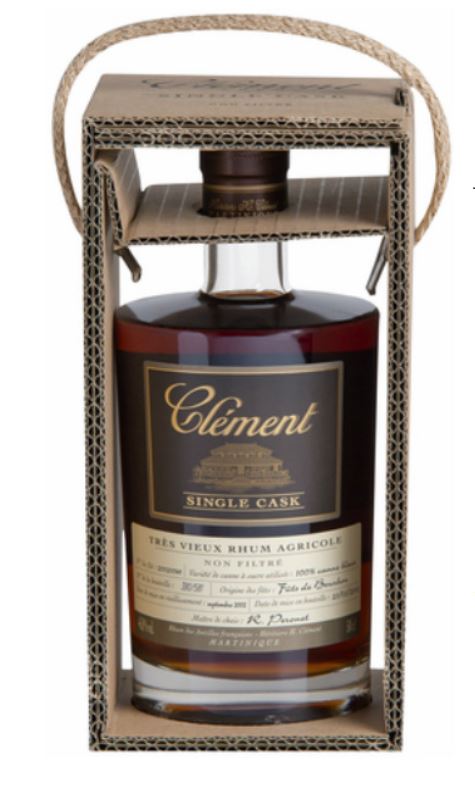
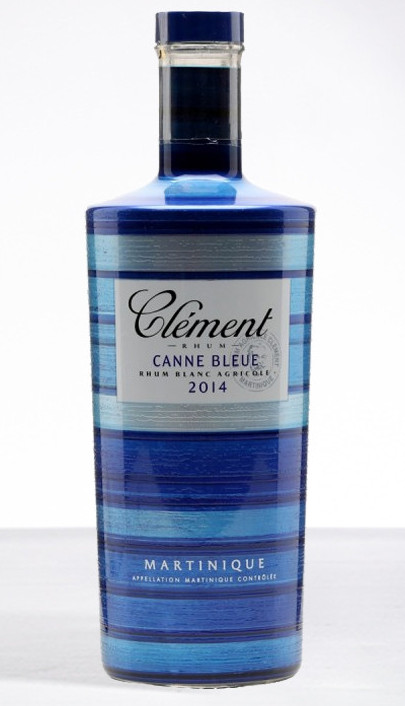 In an ever more competitive market – and that includes French island agricoles – every chance is used to create a niche that can be exploited with first-mover advantages. Some of the agricole makers, I’ve been told, chafe under the strict limitations of the AOC which they privately complain limits their innovation, but I chose to doubt this: not only there some amazing rhums coming out the French West Indies within the appellation, but they are completely free to move outside it (as
In an ever more competitive market – and that includes French island agricoles – every chance is used to create a niche that can be exploited with first-mover advantages. Some of the agricole makers, I’ve been told, chafe under the strict limitations of the AOC which they privately complain limits their innovation, but I chose to doubt this: not only there some amazing rhums coming out the French West Indies within the appellation, but they are completely free to move outside it (as 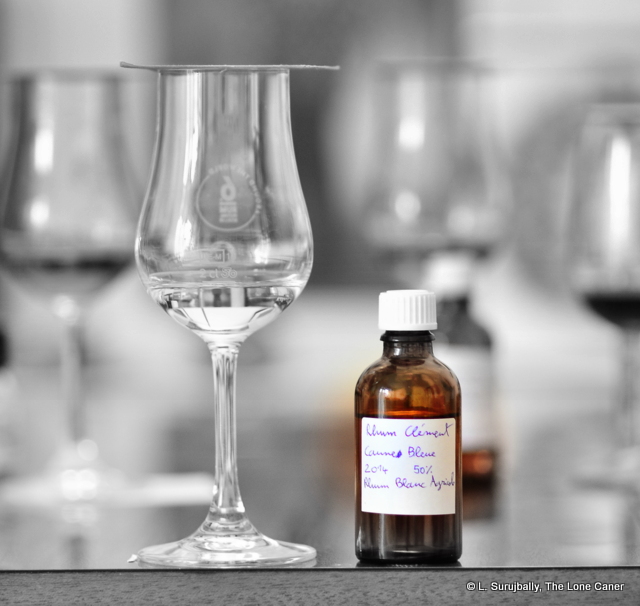
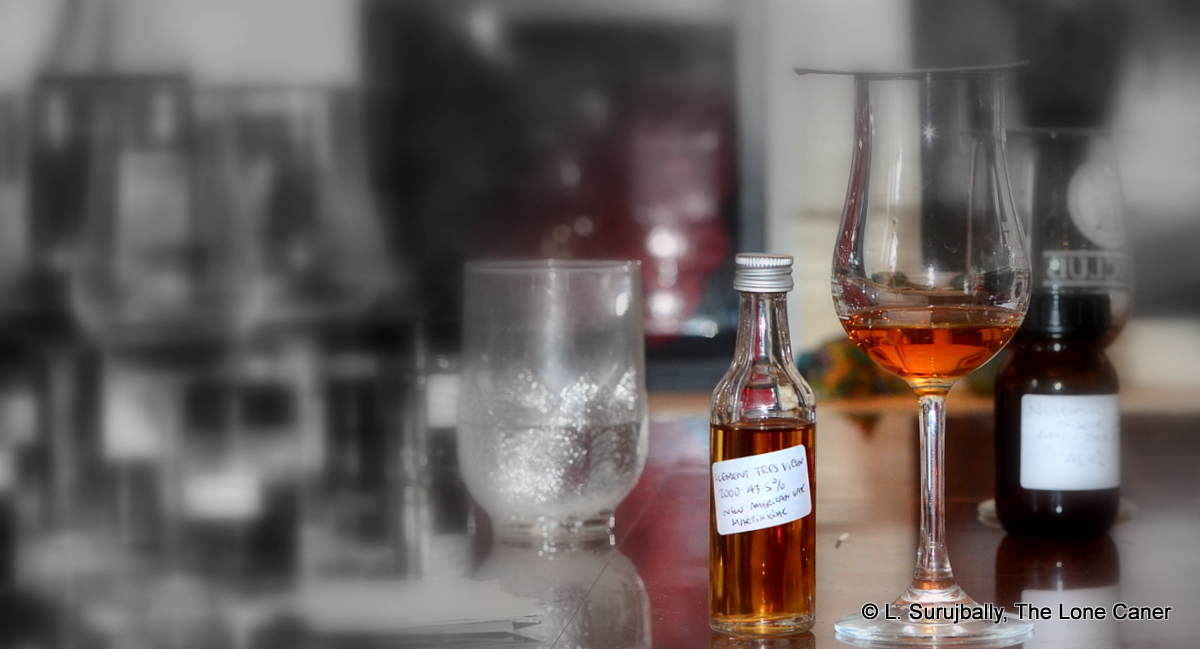
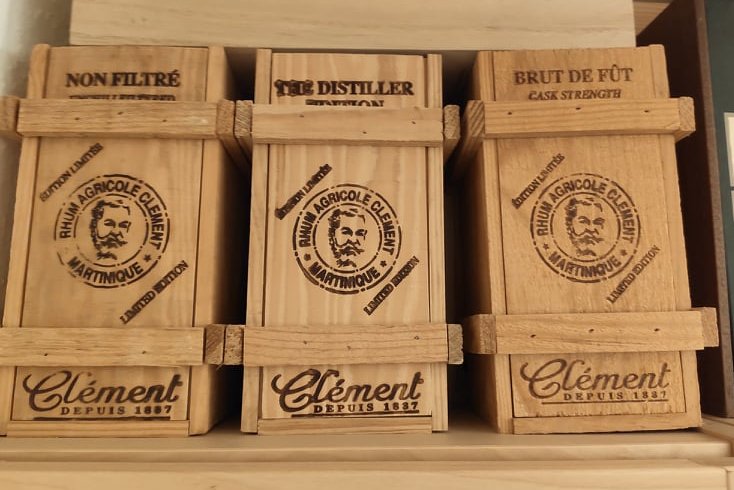
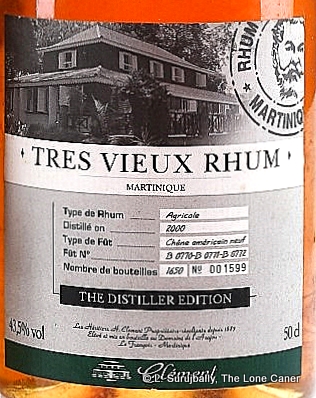 The palate was about par for the course for a rum bottled at this strength. Initially it felt like it was weak and not enough was going on (as if the profile should have emerged on some kind of schedule), but it was just a slow starter: it gets going with citrus, vanilla, flowers, a lemon meringue pie, plums and blackberry jam. This faded out and is replaced by sugar cane sap, swank and the grassy vegetal notes mixed up with ashes (!!) and burnt sugar. Out of curiosity I added some water , and was rewarded with citrus, lemon-ginger tea, the tartness of ripe gooseberries, pimentos and spanish olives. It took concentration and time to tease them out, but they were, once discerned, quite precise and clear. Still, strong they weren’t (“forceful” would not be an adjective used to describe it) and as expected the finish was easygoing, a bit crisp, with light fruit, fleshy and sweet and juicy, quite ripe, not so much citrus this time. The grassy and herbal notes are very much absent by this stage, replaced by a woody and spicy backnote, medium long and warm
The palate was about par for the course for a rum bottled at this strength. Initially it felt like it was weak and not enough was going on (as if the profile should have emerged on some kind of schedule), but it was just a slow starter: it gets going with citrus, vanilla, flowers, a lemon meringue pie, plums and blackberry jam. This faded out and is replaced by sugar cane sap, swank and the grassy vegetal notes mixed up with ashes (!!) and burnt sugar. Out of curiosity I added some water , and was rewarded with citrus, lemon-ginger tea, the tartness of ripe gooseberries, pimentos and spanish olives. It took concentration and time to tease them out, but they were, once discerned, quite precise and clear. Still, strong they weren’t (“forceful” would not be an adjective used to describe it) and as expected the finish was easygoing, a bit crisp, with light fruit, fleshy and sweet and juicy, quite ripe, not so much citrus this time. The grassy and herbal notes are very much absent by this stage, replaced by a woody and spicy backnote, medium long and warm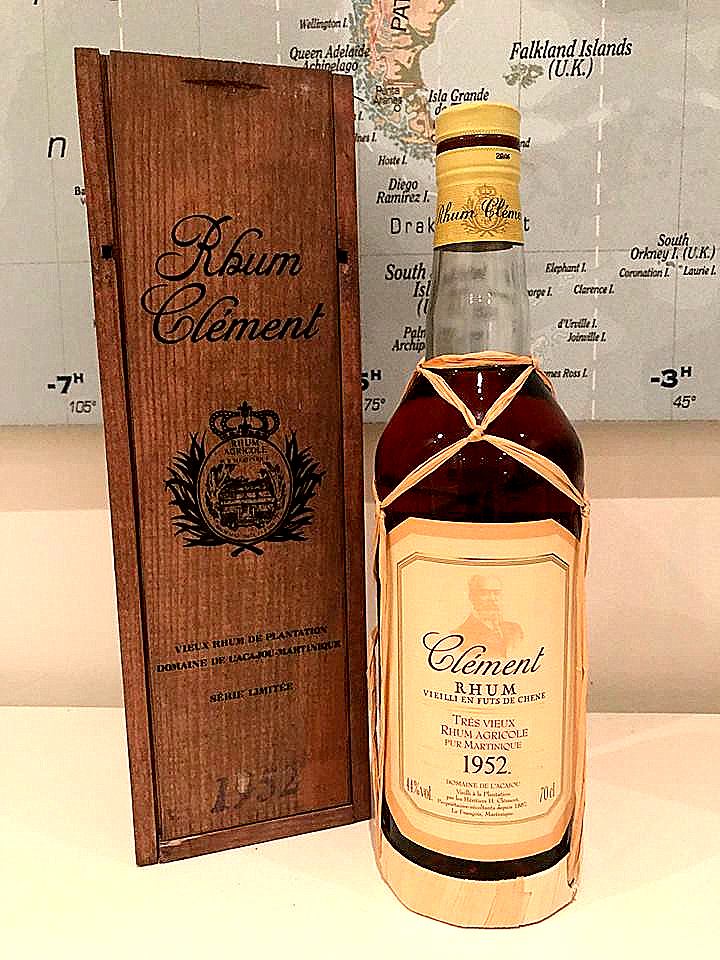 Rumaniacs Review #105 | 0678
Rumaniacs Review #105 | 0678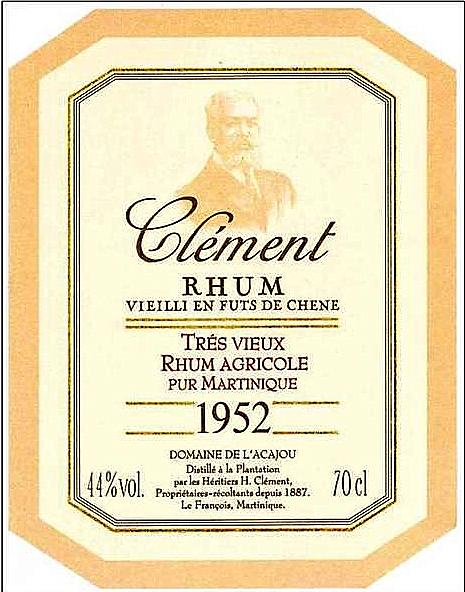 Nose – A combination of the
Nose – A combination of the 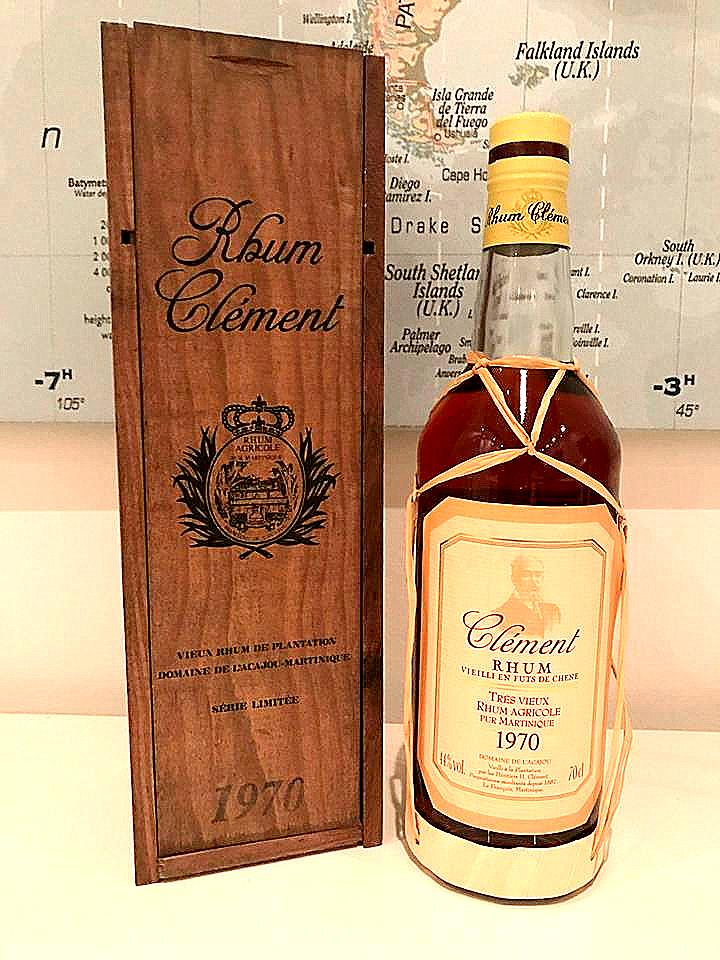 Rumaniacs Review #104 | 0677
Rumaniacs Review #104 | 0677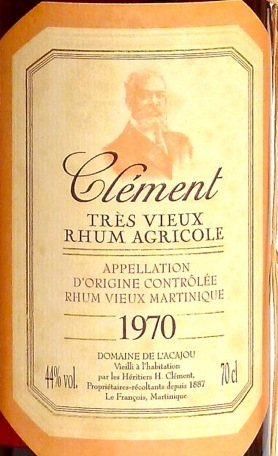 Another peculiarity of the rhum is the “AOC” on the label. Since the AOC came into effect only in 1996, and even at its oldest this rhum was done ageing in 1991, how did that happen? Cyril told me it had been validated by the AOC after it was finalized, which makes sense (and probably applies to the 1976 edition as well), but then, was there a pre-1996 edition with one label and a post-1996 edition with another one? (the two different boxes it comes in suggests the possibility). Or, was the entire 1970 vintage aged to 1991, then held in inert containers (or bottled) and left to gather dust for some reason? Is either 1991 or 1985 even real? — after all, it’s entirely possible that the trio (of 1976, 1970 and 1952, whose labels are all alike) was released as a special millesime series in the late 1990s / early 2000s. Which brings us back to the original question – how old is the rhum?
Another peculiarity of the rhum is the “AOC” on the label. Since the AOC came into effect only in 1996, and even at its oldest this rhum was done ageing in 1991, how did that happen? Cyril told me it had been validated by the AOC after it was finalized, which makes sense (and probably applies to the 1976 edition as well), but then, was there a pre-1996 edition with one label and a post-1996 edition with another one? (the two different boxes it comes in suggests the possibility). Or, was the entire 1970 vintage aged to 1991, then held in inert containers (or bottled) and left to gather dust for some reason? Is either 1991 or 1985 even real? — after all, it’s entirely possible that the trio (of 1976, 1970 and 1952, whose labels are all alike) was released as a special millesime series in the late 1990s / early 2000s. Which brings us back to the original question – how old is the rhum?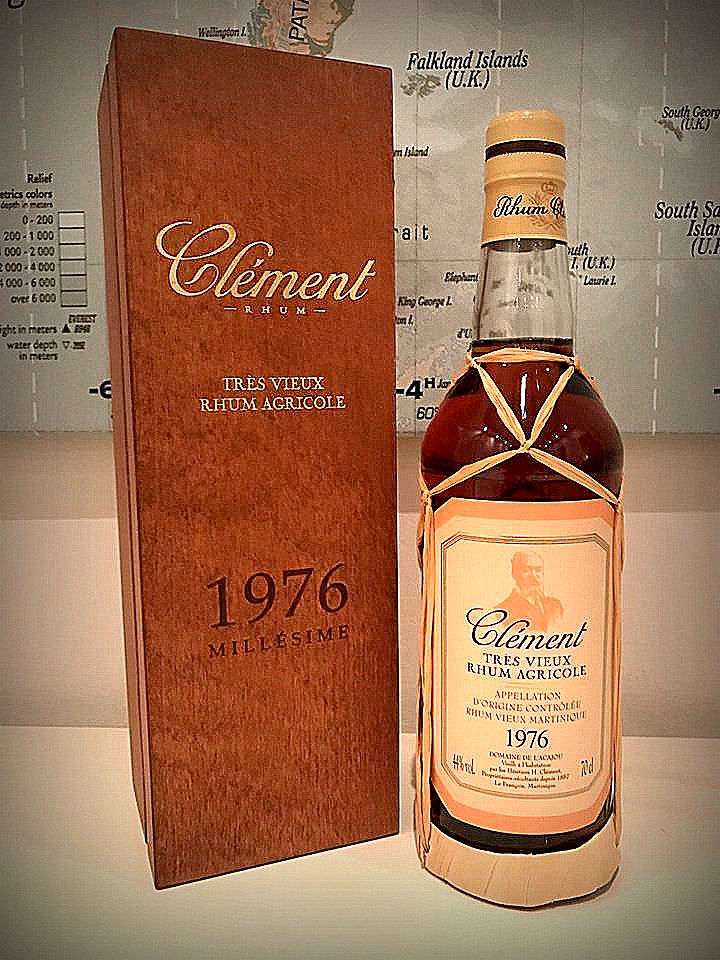 Rumaniacs Review #103 | 0676
Rumaniacs Review #103 | 0676